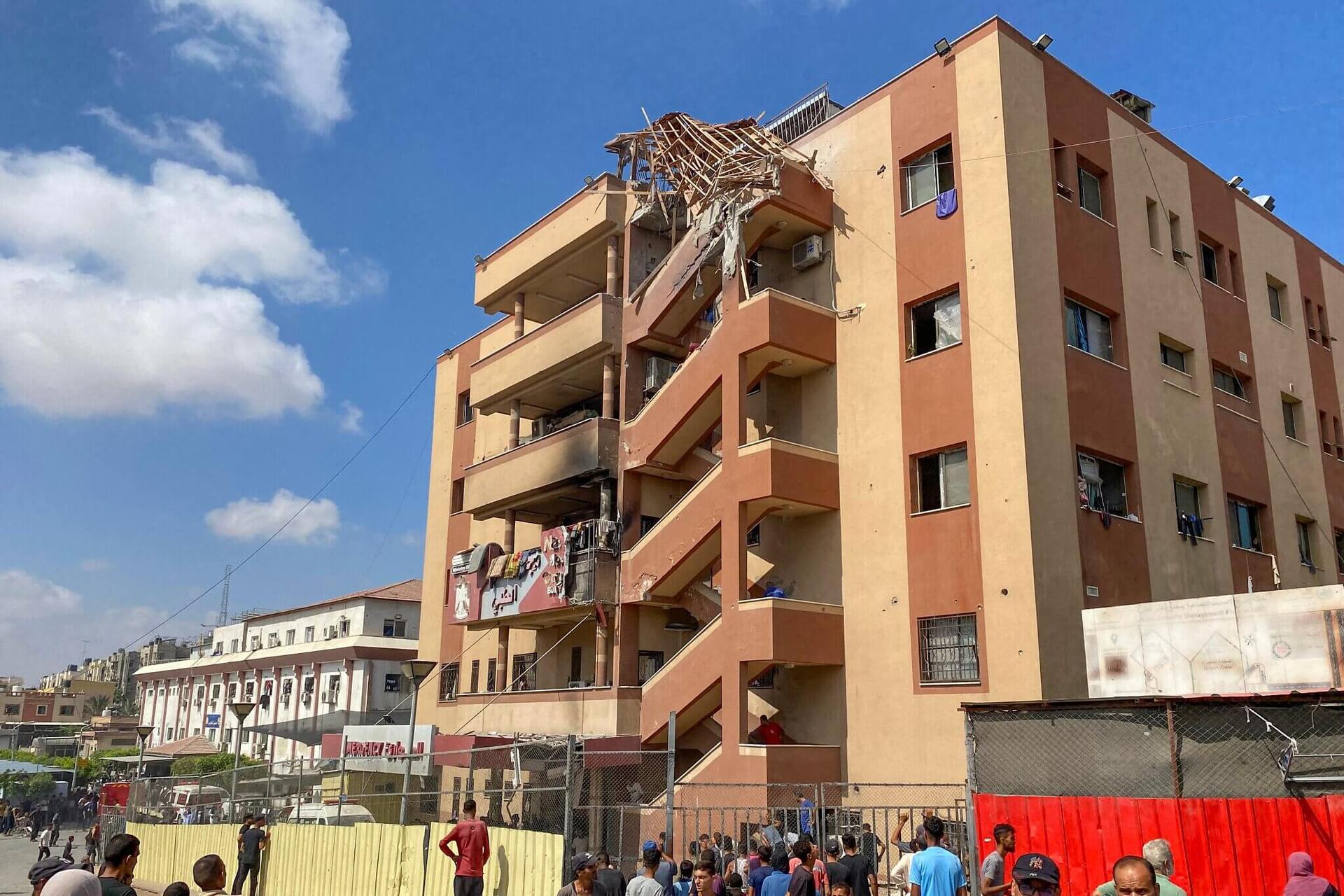- Israfan
- Posts
- Investigation Continues as IDF Says Six Killed in Nasser Hospital Were Terrorists
Investigation Continues as IDF Says Six Killed in Nasser Hospital Were Terrorists
Strike that killed over 20, including journalists and medics, under scrutiny amid questions about authorization and targeting decisions.

The IDF has confirmed that six of the roughly 20 Palestinians killed in Monday’s tank shelling of Nasser Hospital in Khan Yunis were Hamas terrorists, one of whom was involved in the October 7 massacre. However, top military officials stressed that the presence of terrorists among the dead does not absolve the IDF of responsibility for a strike that also claimed the lives of journalists, medical workers, and civilians.
The incident has triggered a widening internal investigation, ordered by IDF Chief of Staff Lt.-Gen. Eyal Zamir, into what went wrong from target selection to the use of tank shells in a densely populated hospital setting.
Notably, the primary target was not the terrorists, but reportedly a surveillance camera a detail that raises further concerns about how the strike was approved and whether its execution was negligent. Zamir emphasized the need to examine gaps in both field-level decisions and headquarters authorization by the Southern Command in Beersheba.
According to IDF sources, two separate rounds of fire may have hit the hospital with the second round killing rescue personnel and journalists who had rushed to assist victims of the first. The IDF has not publicly addressed the justification for the second strike, which has drawn strong international condemnation and raised the stakes of the ongoing probe.
Among those killed were five journalists, including Reuters cameraman Hussam al-Masri, freelance photographer Mariam Abu Dagga, AP freelancer Mohammed Salama, Al Jazeera contributor Moaz Abu Taha, and another Reuters contractor. Hatem Khaled, a Reuters photographer, was wounded.
While Hamas denied that two of the named individuals were near the hospital at the time, the IDF maintains that at least one had participated in aspects of the October 7 attack, though not in the killings themselves.
In a statement to Reuters, IDF international spokesperson Lt.-Col. Nadav Shoshani affirmed that the journalists were not the intended targets, and the army “regrets any harm caused to civilians.” He reiterated that the IDF “directs its activities solely toward military targets.”
The strike has intensified debate within the IDF over current battlefield protocols. Critics within the Israeli Air Force, speaking anonymously, faulted Maj.-Gen. Yaniv Asor, head of IDF Southern Command, for taking greater operational risks than his predecessor.
The IDF has not yet released a full list of identified Hamas terrorists among the dead, nor has it provided a comprehensive civilian casualty count a departure from its practices in earlier Gaza conflicts.
Meanwhile, international media outlets and human rights organizations have called for greater transparency, citing the high-profile deaths of journalists and the hospital’s status as a critical medical facility. At the time of the attack, Nasser Hospital was treating over 1,000 patients, according to its director.
Israel continues to assert that Hamas embeds itself in civilian infrastructure, including hospitals, schools, and mosques a tactic that complicates efforts to dismantle terror networks without civilian harm. Still, the IDF has acknowledged this incident as a tragic operational error, and the findings of the ongoing investigation are expected to have serious implications for military policy moving forward.
Support accountability and Israel’s pursuit of justice even in the fog of war share this article or subscribe to our newsletter today.